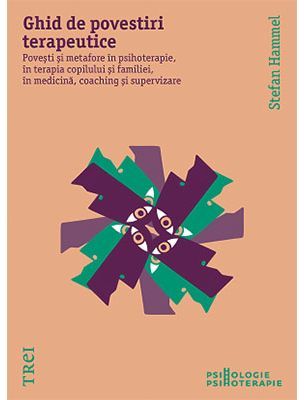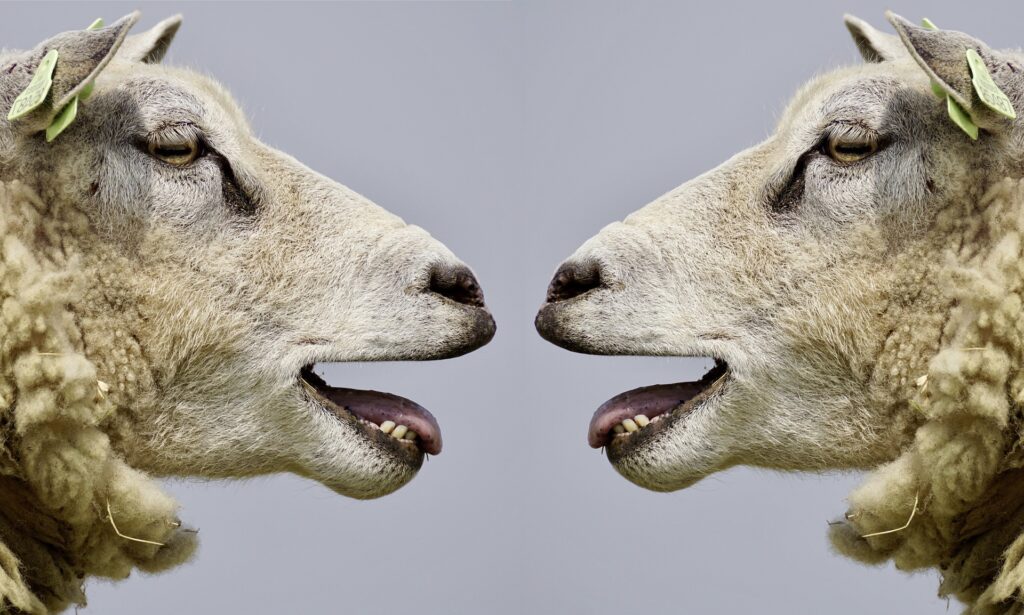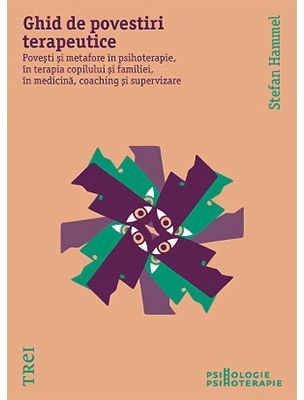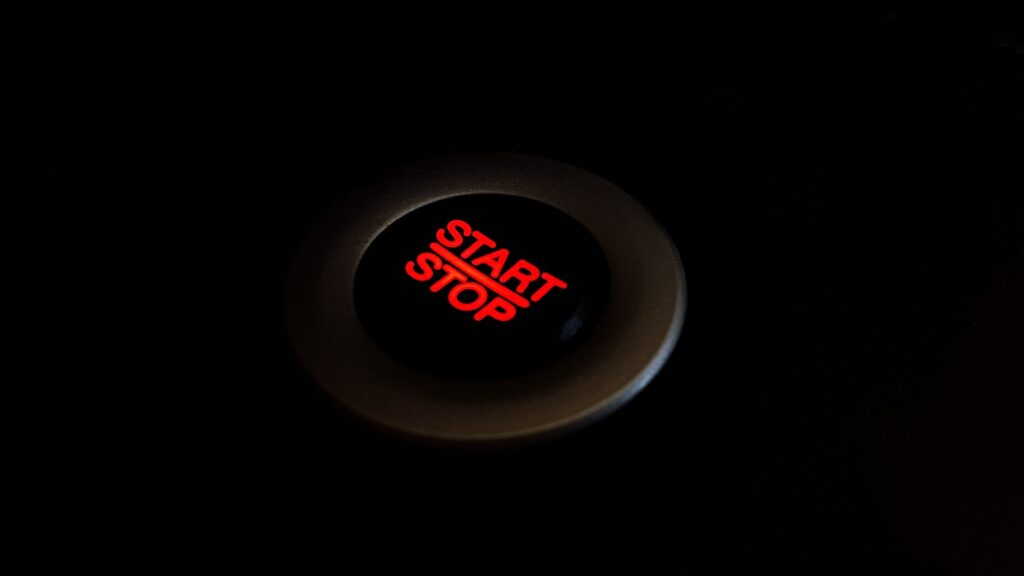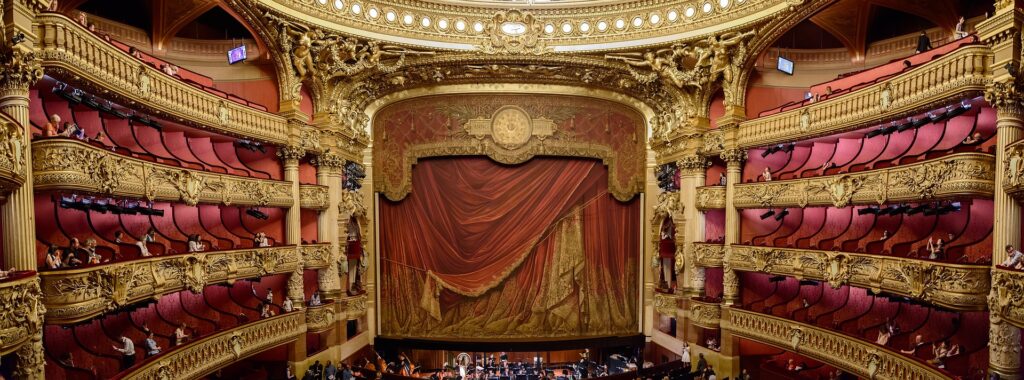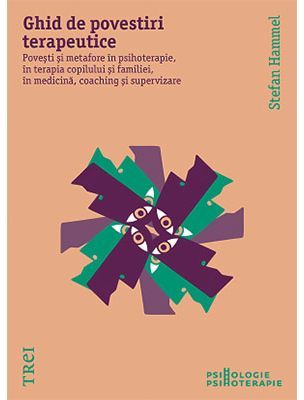I once had a patient who was an architect and who suffered from Crohn’s disease, an inflammatory bowel disease.
The cortisone preparations and surgical interventions used to treat it had placed an enormous strain on her body. After attending a number of therapy sessions, the disease seemed to have remitted somewhat. I said to her,
“Imagine your body is a magnificent old house awaiting renovation – what does it look like?” She described a Wilhelminian-style villa surrounded by lush greenery, with exquisite stucco work, superb wallpaper and elegant furniture. The house appeared to have been neglected for many years. Wherever the eye turned, there were traces of water damage, cracks in the walls and crumbling plaster. Many of the formerly beautiful features now looked neglected and derelict. “What does the restoration team need to do?” I asked. She listed a number of jobs, and we discussed the order in which they should be done.
I asked for an update on the renovations at each of the following therapy sessions, and was always told that the workmen had made progress. What choice did they have? After all, renovations go forwards, not backwards. Once the woman told me, “The original features in this room have been damaged to the extent that the workmen are unable to restore them faithfully. They replace what is missing to the best of their ability, and try to make it look like it might once have done.” After another few weeks she told me that the renovators had finished their work, and that the villa had been fully renovated.
That was around thirteen years ago, and her state of health has been significantly better ever since.

The case history “The Villa” illustrates the technique of influencing an immune disease or other somatic disorder through metaphorical instructions which imply progress alone and exclude any possibility of relapses. It is also useful for promoting the healing of wounds or bone fractures.
The story relates to a case from 2004 (13-year catamnesis). The metaphor largely excludes the possibility of relapses. Once the brain has accepted the image as being fundamentally relevant to the way in which the body is viewed, it excludes any bodily behaviour which is incompatible with the metaphor. The architect’s profession is used as the source of the metaphor; as illustrated by the story “Sorting Screws”, images and tasks which pick up on aspects of the patient’s identity are more powerful than those which are externally dictated.
On the topic of wound healing and the accelerated healing of bone fractures through auto-suggestion, Milton Erickson describes the case of the US psychiatrist Robert Pearson, who healed his own broken skull completely within a single week. (Rosen, 1982) Erickson refers to studies carried out by a surgeon and psychiatrist who used hypnosis to promote wound healing in every second patient on whom he operated. These patients’ wounds healed more rapidly. (Zeig, 1985, 222).
(From: Stefan Hammel: Handbook of Therapeutic Storytelling. Sories and Metaphors in Psychotherapy, Child and Family Therapy, Medical Treatment, Coaching and Supervision, Routledge 2019)



